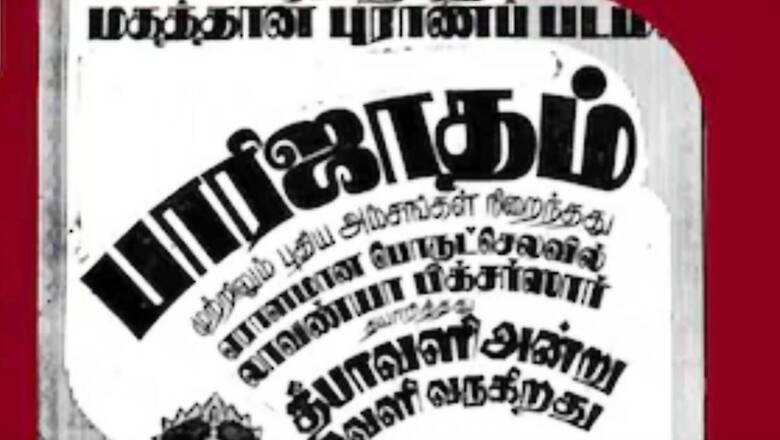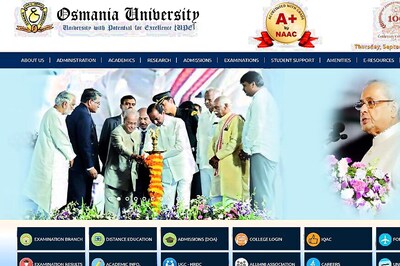
views
Nagerkoyil Sudalaimuthu Krishnan, popularly known as Kalaivanar, was one of the iconic actors of Tamil cinema. He won the audience’s hearts with his unparalleled talent and grace. NS Krishnan also became renowned for criticising superstitious beliefs, illogical rites and rituals via his films. He did the same in his 1950 film, titled Parijatham. Parijatham completed 73 years of its release on Thursday, November 9.
In this film, he had a couple of songs. In one of his songs, NS Krishnan criticised how Lord Krishna fought a demon, just to fetch a flowering plant to please his wife. As per the lyrics, Lord Krishna helped mankind had he brought paddy or some other grain to raise crops and feed the hungry. This track was one of the plus points of Parijatham. NS Krishnan expressed such satire and irony through a mere track and comedy. He played a character named Srisudhama which was a spoof of Lord Krishna with TA Mathuram as his only consort. He also had dance sequences with many young women who played the characters of gopikas.
Parijatham revolved around the tales of Lord Krishna, his two wives (Rukmini and Satyabhama) and their tiffs. The film also revolved around the legend of fetching the Parijatham plant. KS Gopalakrishnan directed this film and Elangovan, the first star writer of Tamil cinema, wrote the script. Papanasam Sivan, Udumalai Narayana Kavi, Kambadasan, and KT Santhanam wrote the lyrics. CR Subburaman and SV Venkataraman composed the music. Mahalingam, who played the role of Krishna’s childhood in Nandakumar (1938), played the grown-up Lord Krishna. On the other hand, BS Saroja played Satyabhama and Rajamma essayed Rukmini’s character. R Balasubramaniam essayed the role of Narakasura. On the other hand, Nagercoil Mahadevan played the role of Narada.
Parijatham also had dance sequences by Lalitha-Padmini and Tara Chowdhary a classical dancer. Tara Chowdhary was active in the field and danced in quite a few Tamil films of the bygone era. Today she is hardly remembered even by the dancing community in south India. Reviewers like the Kalki magazine praised the makers for adapting mythology stories nicely for the present generation.



















Comments
0 comment